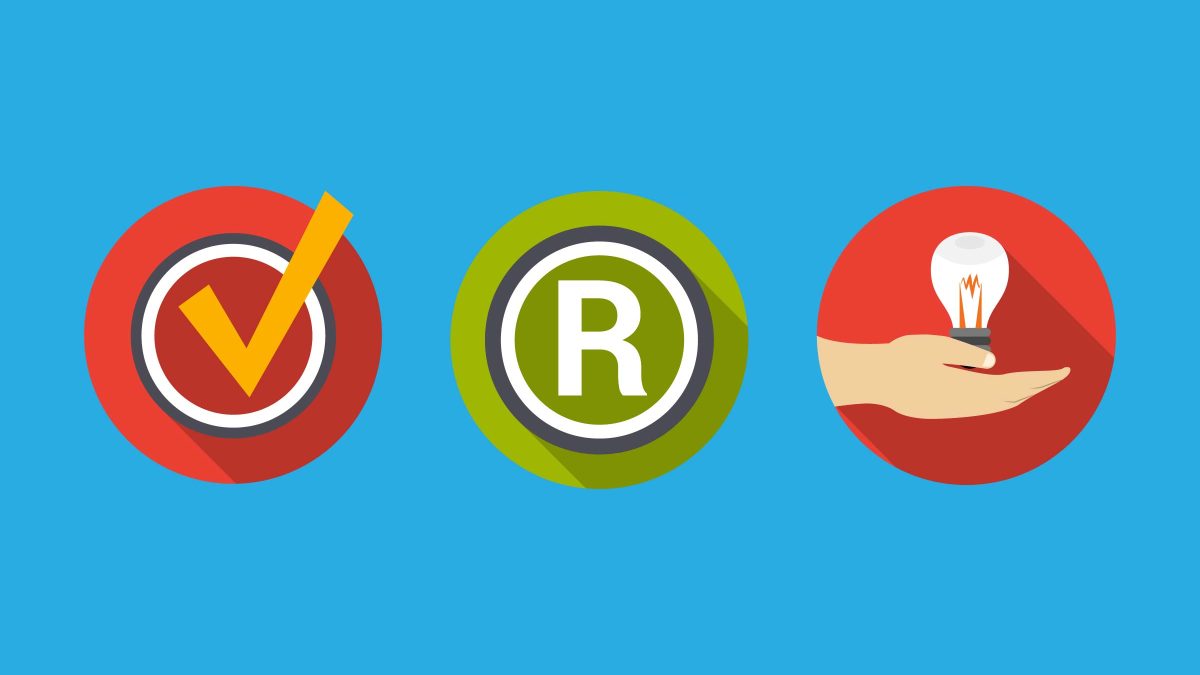
What is a Trademark?
Settembre 9, 2022
Goods and Services for a EU TM (Part 1)
Febbraio 3, 2023The importance of being "Distinctive" for a TM
The concept of “trademark” has been continuously changing during the last decades, maintaining at the same time its inner essence (namely to distinguish good and services into the markets). A trademark nowadays is not only a word or more words, it can be a logo, it could be a slogan or a pay-off, it could be a color, a jingle, a special form of packaging, a pattern, a store design, an hologram. And things change very fast, during the last years, for example, there have been many attempts to register perfumes and other strange things and few years ago no-one could have predicted that the drawings of a shop interior design would have been deemed a trademark which worths protection as well as a classical registered trademark. Instead…it has been stated that also an interior design deserves the same protection, as trademark, of logos and words.
Let's get in touch with TMEU to understand the importance of being Distinctive for Your Trademark
A trademark is something capable of distinction. It identifies a company as the source of a good or service. To do that Your Trademark must be distinctive. The more distinctive your trademark is, the more protection it receives and deserves. What does it mean for a sign to be distinctive? Generic words normally can't be distinctive. How distinctive a trademark is will determine how protectable it is. A highly distinctive mark is more protectable than a less distinctive mark. It's important to figure out a sort of gerarchy of trademarks power, on the basis of their typology, using also a graphic representation.

Let's chat with TMEU and discover how much Your Trademark is distinctive
Based on this graphic a word normally used to identify or describe a product or a service is generic and less protectable. Shoe would be descriptive for shoes, but it would be arbitrary for a watch brand for example. Generic and descriptive words are not protectable ever, unless there is a relevant and wide use behind them. It’s the case for example of two very famous trademarks that have been growing during the years becoming big brands, such as “Booking” and “Tripadvisor”. Both of them are descriptive trademarks, if considered in light of the services they were connected to at the beginning of their life: to book hotel rooms through a web platform (for the first brand) and to provide feedback and information on travels, restaurants and so on (for the second one). For this reason at the beginning their registration applications were both refused from EUIPO, which stated these signs too much descriptive and not distinctive in any way in front of consumers. Then both of these brands were instead considered registrable from EUIPO thanks to the very wide use made into their respective markets, which demonstrated how the consumers were (and still are) able to understand their distinctiveness and the origin of these services. But not all companies are able to invest in marketing such as Booking and TripAdvisor, so descriptive trademarks are for sure very risky and most of the times are refused by the EUIPO’s examiners.
Other trademarks are evocative. An evocative term is something that does not describe the specific product or service, but brings the idea to mind using the imagination. Looking at the graphic of distinction gerarchy there are the arbitrary words. They are more distinctive than the evocative ones. These are words that exist in their respective languages, but without the power to suggest anything. For this reason they are arbitrarily used, such as Apple for computers. It's arbitrary a fruit for computers, but it would have been generic or descriptive in case it was related to apples. Last but not least the fanciful trademarks. They are the most distinctive signs to be used for the registration. They are made up words, Ikea, Fanta, Exxon. These words are highly distinctive, and because they do not exist in the English language they are the strongest types of marks. The vast majority of marks are suggestive. Using a suggestive mark allows the brand to communicate some piece of information about the product that would not otherwise be known to the consumer. In fact, suggestive marks are so common that we often analyze suggestiveness on its own spectrum. There are weaker suggestive marks and stronger suggestive marks, if a mark is suggestive but on the weaker side of the spectrum then it will not be as protectable. They're still capable of distinguishing your goods or services, but you will probably have to coexist with many other brands that are similarly suggestive. Now, we know what a mark is, it is anything capable of distinction, and we know how to judge how distinctive a mark is...
...so...let's go ahead and file Your Trademark at EUIPO with TMEU!





